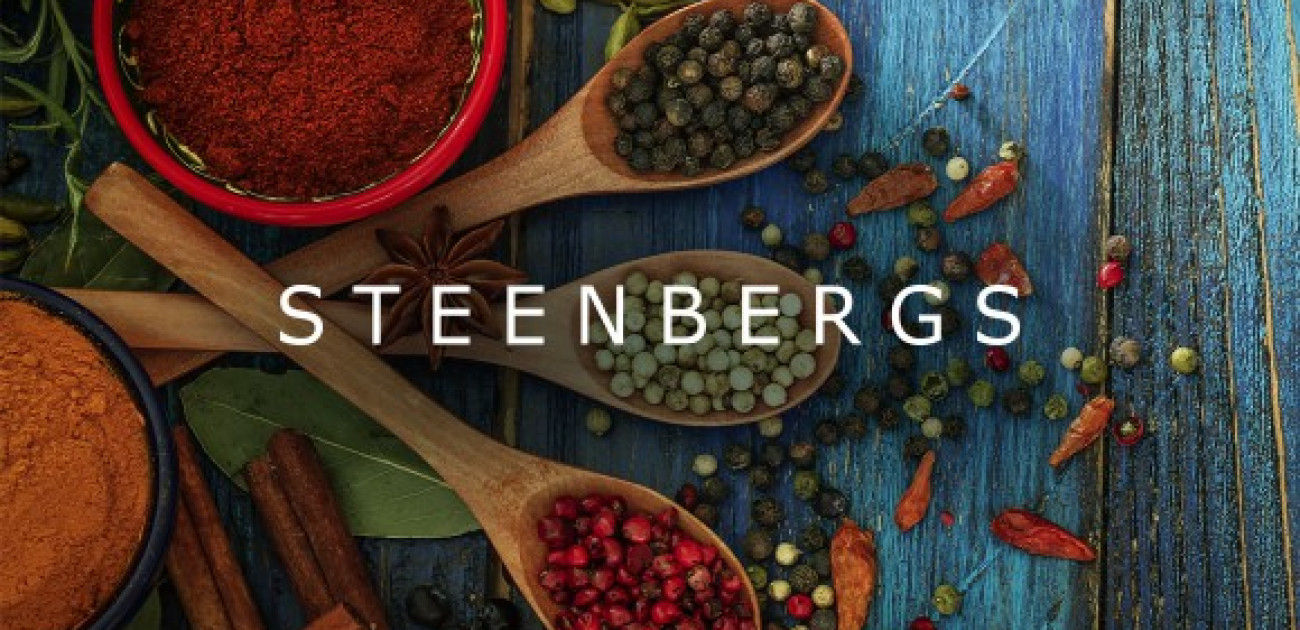13 September 2009
Turner's Rain, Steam, Speed - The Great Western Railway

Last weekend, we spent in London at The Speciality & Fine Food Fair 2009, where we had a stand displaying our wares to UK trade buyers. It was a good show, with numbers slightly down, but the quality was there; the froth has gone out of the market, leaving only the serious buyers and cutting out the speculative people.
After setting up the stand last Saturday, I went to The National Gallery especially to see Turner’s “Rain, Steam, Speed – The Great Western Railway”. It hangs a few down from Turner’s “The Fighting Temeraire” and Constable’s “The Cornfield”. While “The Fighting Temeraire” has been voted Britain’s favourite painting, it is “Rain, Steam, Speed” that draws me in. Take a look at this link: http://www.nationalgallery.org.uk/paintings/joseph-mallord-william-turner-rain-steam-and-speed-the-great-western-railway.
It is a virtuoso piece of painting, showing early modern styles together with some (very little) classical realism. It’s an amazing study in light and the play of light on clouds and steam. Turner has built the canvas up with strong, extravagant brushstrokes, full of huge energy with dabs of colour shining through. It is drama, capturing light and movement in a two dimensional space in a way that photography just cannot emulate.
The sun sends shafts of light from the right hand side of the picture streaming across the foreground. Blues can be seen on the skyline, but these are overpowered by swathes of creams, whites and greys, interspersed with every shade of yellow and orange as the sunlight reflects off the rain and steam from the train.
In the distance, a bridge can be seen and hints of Maidstone. On the Thames a small rowing boat is lazing languidly in the water, with an umbrella protecting the rowers. A group of walkers are walking along the shoreline, staring up at the bridge and the train.
On the right hand side, a ploughman strains against the plough pulled by a heavy shire horse.
It is a beautiful painterly picture.
But this is sliced across with 2 stark black lines of perspective hacking this beautiful scene into bits. Everything is natural and hazy, but the bridge is harshly detailed accuracy. It is dark and brooding and ugly. Then charging towards us is the black locomotive with red fire in its belly. We are drawn to the locomotive’s sharp point of a funnel as this train races into our space and will surely overtake and squash to death a hare that is racing along the tracks, barely visible in the foreground.
Natural speed as exemplified by the hare from Aesop’s Fable is being overrun by modernity and technology.
Soon the ploughman will become extinct, as will the pleasure of lazing on the river. Even the steam train is now just a museum piece, perhaps even trains themselves as we race around in gas guzzling cars, planes and tractors.
Progress. The only constant is change.
What it tells me is that while maybe the past seems a more peaceful place. An idyll that was never truly a haven. We have to live with progress and technology and accept it.
While some may want to hark back to simpler times, closer to nature, we need to accept that we live in the modern world. We need to pay taxes, pay for our food, our fuel and our leisures and pleasures. We must be commercial and practical and not be unrealistic.
If organic businesses and fair-trade businesses are to succeed, they must operate in this real world, where technology thrives. They must stand on their own merit, without special exemptions and subsidies. They must not be squashed like the hare.




